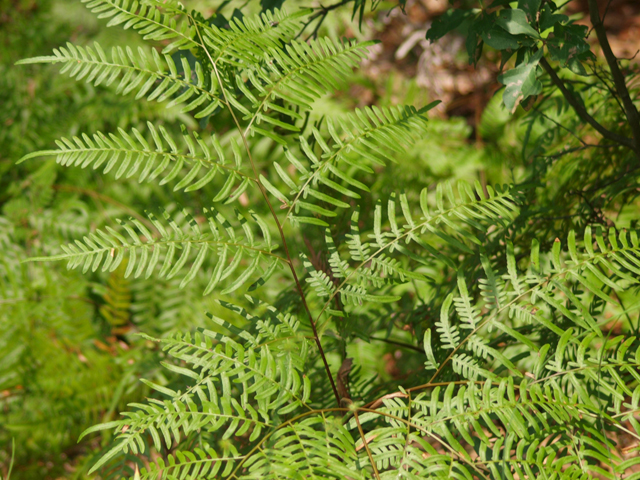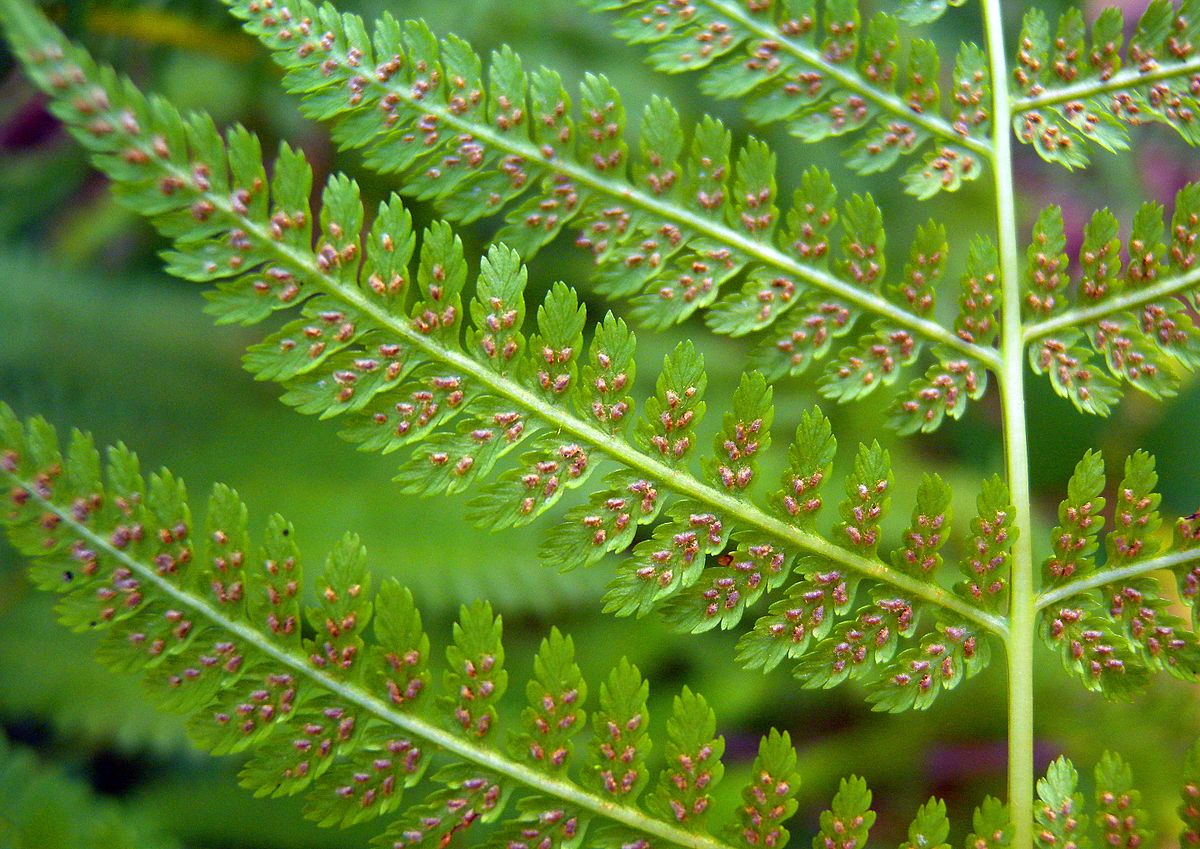Dig into Plants: Lady Fern
| Lady Fern Other Common Names: Common Lady Fern, Subarctic Lady Fern, Ladyfern Scientific Name: Athyrium filix-femina Native to Alabama: Yes |
|
Lady Bird Johnson Wildflower Center R. W. Smith Click on image to enlarge it |
Learn more about...
| Ecological Benefits | ||||||
| White-tailed deer browse leaves during summer; can provide significant cover for wildlife; value of this fern to wildlife appears to be low overall |
| Leaf, Flower & Seed Identification | ||||
| LEAF DESCRIPTION |
Lady Bird Johnson Wildflower Center
Brenda K. Loveless Click on image to enlarge it |
|||
| Leaf Description Chart (PDF) | ||||
| Shape: Lanceolate |
Margin: Lobate |
Arrangement: Whorled |
Form: Double Compound |
|
|
|
|
|
|
|
| Description: | ||||
|
Fronds (leaves) are light green, appear lacy, finely divided; each frond has 20-30 pairs of leaflets with narrow pointed tips and leaflets are divided either further into deeply cut, lanceolate to oblong sub leaflets; grow in circular clumps
|
||||
| FLOWER DESCRIPTION | |||
| Lady Fern is not a flowering plant |
| SEED DESCRIPTION |
Wikimedia
Muriel Bendel Click on image to enlarge it |
||
| Type: Spore-bearing cones |
Description: no fruit or seeds, reproduces by spores; spores are found in sori on the bottom of the sub leaflets |
Months in Seed: Spores are released summer-fall |
|
| Plant spreads by: | |||
| Rhizomes/Tubers/Roots & Shoots and spores Underground rhizomes spread and create new clumps of plants – can spread aggressively |
|||
ADDITIONAL RESOURCES FOR TEACHERS
| Quick Fact Sheet (Condensed Species Info) |
Plant ID Sign: Ready as-is PDF |
Plant ID Sign: Editable Word Doc |
QR Code (Links to this Webpage) |
INFORMATION SOURCES FOR THIS PLANT
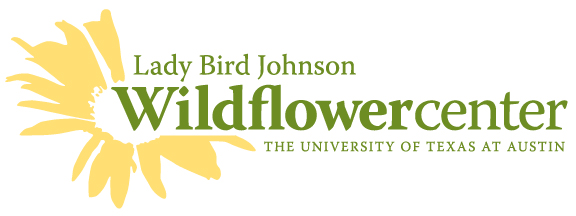 |
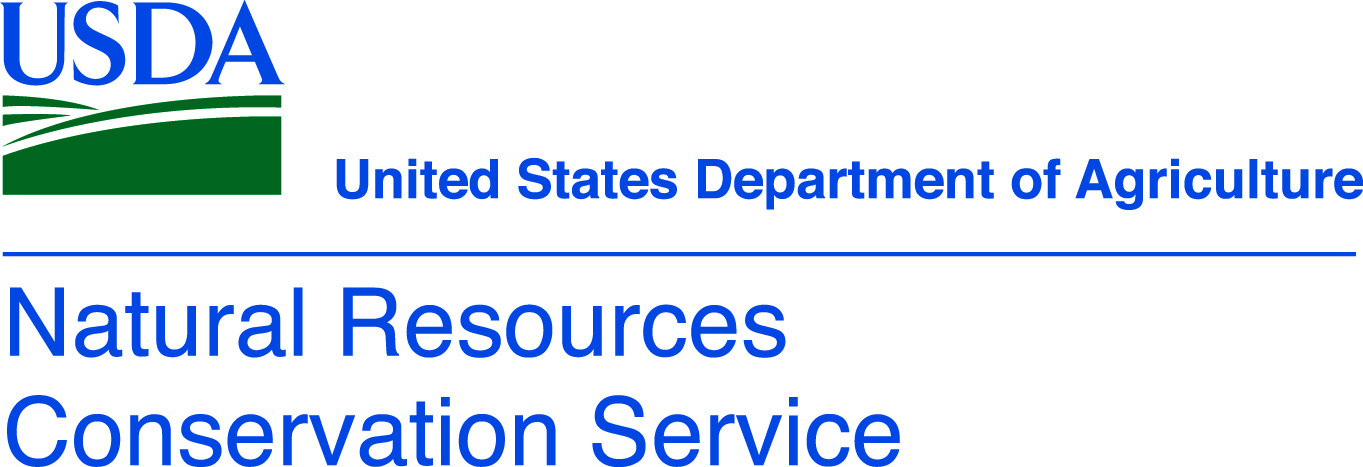 |
|
|
|
|
|
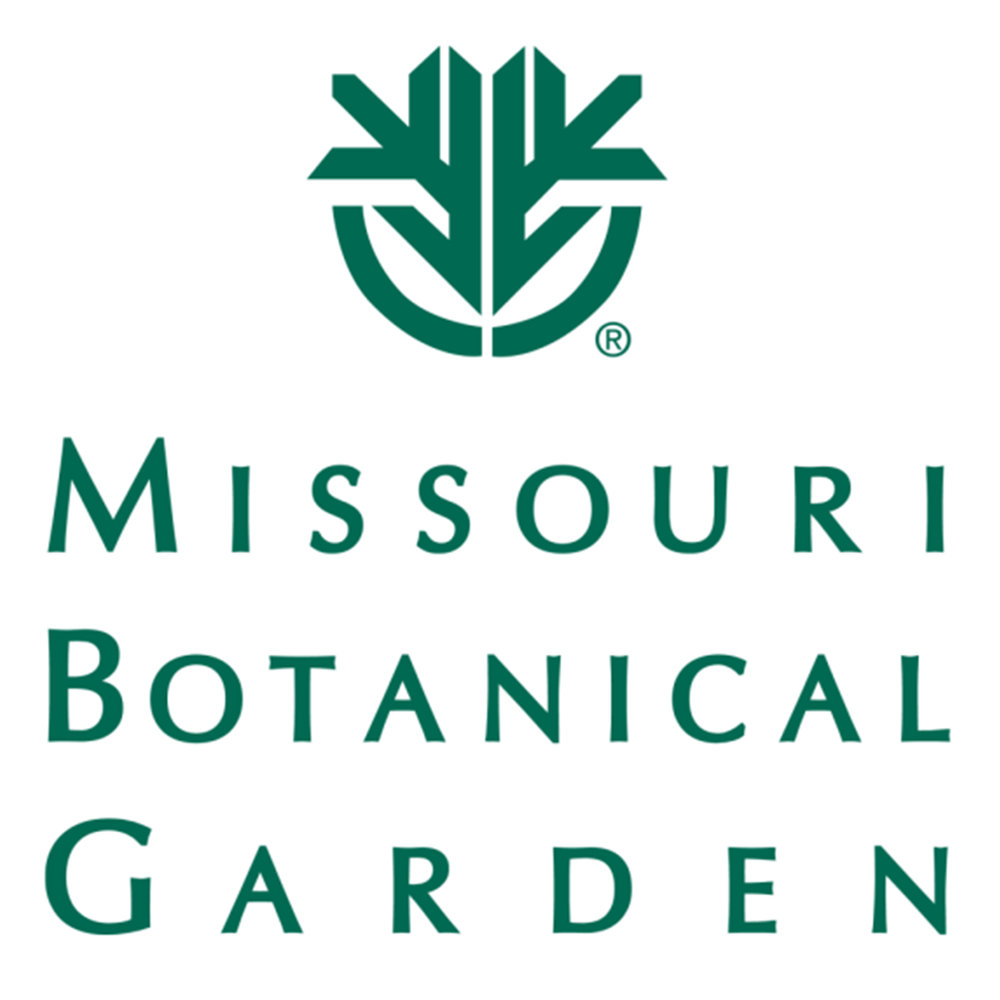 |
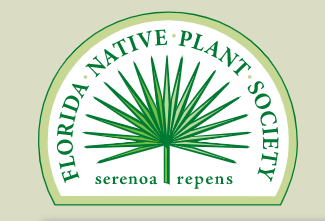 |
 Wildlife Tag
Wildlife Tag
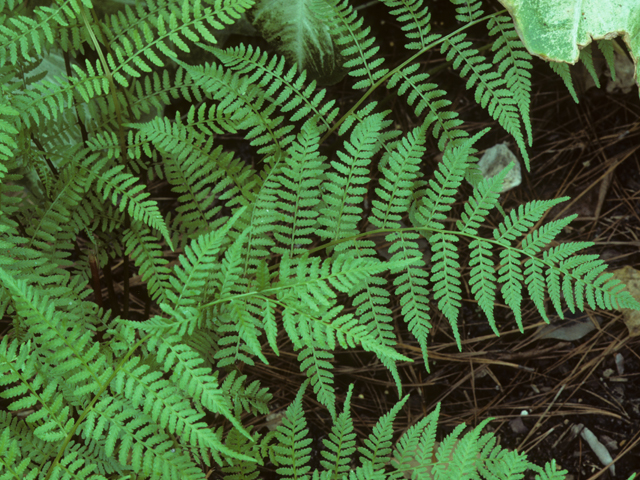




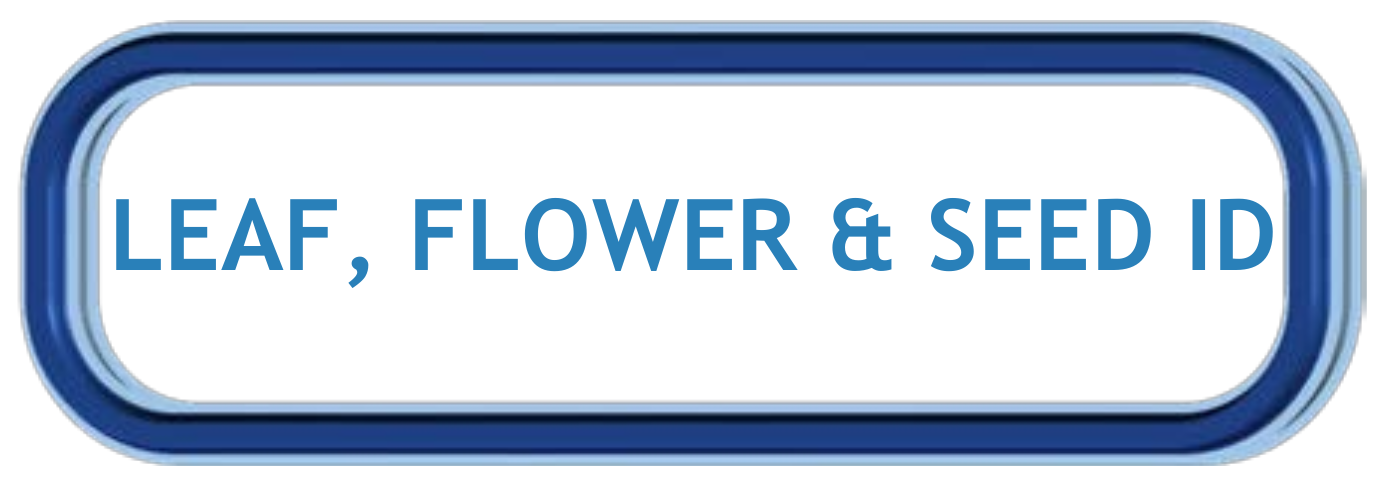

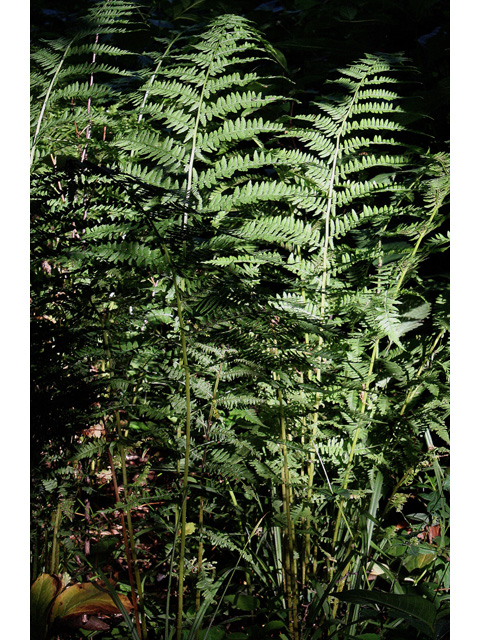

 (less than 2 hours of sun
(less than 2 hours of sun
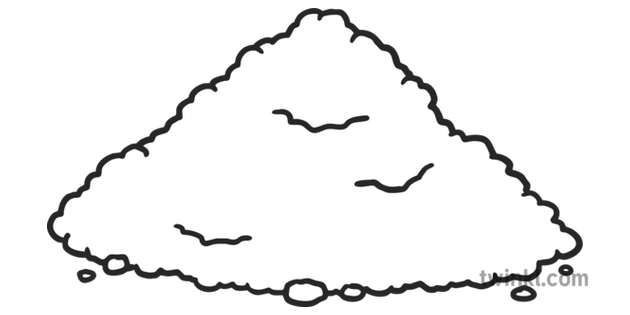 Well-drained, Sandy, Clay,
Well-drained, Sandy, Clay,